In September you’ll start to see bins full of orange pumpkins at the grocery store. Why settle such a monochrome display? More than 30 different varieties of squash are grown in the U.S. These specialty pumpkins are for decorating, soup, even cutting slices off at eating raw. Find one to grow next year.
Black Futsu
A rare Japanese heirloom, know for its changing appearance. It starts out forest green. When it begins to ripen, the bumpy complexion will begin to turn yellow and after that, the squash will start to look moldy-gray. Don’t fret! The strange appearance is a regular process which helps to toughen the squash for long-term storage.
After the entire squash looks graying-blue, it is ready to harvest. The size ranges between that of a grapefruit and cantaloupe. On the inside, the squash is bright orange and tastes like a cross between pumpkin and chestnut. The skin is thin and edible.
Connecticut Field Pumpkin
The classic orange pumpkin. Originally grown for its edible seeds. Best for decorating. Takes 100 days to grow.
Dickinson Pumpkin
Great for making pie, soups, canning or freezing. Sweet, bright orange flesh. Easy to grow, takes about 100 days. Tan in color, usually a bit darker than the prototypical orange pumpkin. Can also be used to decorate. OVerall, a better and more useful choice than the Connecticut field pumpkin.
Galeux D’ Eysines Squash
Winter squash that originated in the Bordeaux region of France. The name means “embroidered with warts.” Traditionally used in soup. The outside is peach and covered with peanut shell-like warts caused by sugar in the skin. Great for pie. 10-15 lbs in size. The flavor is a blend of pumpkin and sweet potato.
Jumbo Pink Banana Squash
Banana squash is a member of the winter squash family. Comes in pink and blue varieties, or hybrid varieties (often labeled as “rainbow”). Can grow up to 40 pounds, however, average size is 10 lbs. Best if paired with: thyme, bay, sage, rosemary, cumin, curry, ginger, cinnamon and nutmeg.
Long Island Cheese Pumpkin
Resembles an artisan cheese wheel. If you can’t get to Long Island to buy one, grow it yourself. It grows to 6-10 lbs in weight, takes about 100 days to grow. Has a sweet and meaty flesh that’s great for pie. Ready for harvest when color becomes deep and the stem starts to die off.
Mongogo Du Guatemala Squash
An exotic variety of heirloom squash from Guatemala. It has a round pumpkin-like shape with green and yellow stripes.
Grows up to four pounds. Can be used for baking. Makes great decorations. Ready for harvest in 50-60 days.
Musquee De Provence Pumpkin
Cooking for picky eaters? Cannot go wrong with this pumpkin. From Southern France, it’s ready for harvest when the outside turns from green to orange-brown. The inside is bright orange. Grows to be around 20 lbs. Traditionally cut in slices and eaten raw! It has bright orange flesh with sweet flavor and a light crunch.
Rouge Vif D’ Etampes Pumpkin
Originated in central France. Burnt orange and red in color, flat and deeply ribbed. Used as an inspiration for Cinderella’s carriage. Best suited for soups and stews because it’s mild in flavor. Can be used for pies, although you’ll need to add extra sugar because it’s not very sweet. Stringy on the inside. Usually get up to 15 in across as 6 in in height and are about 25lb. Ready in 95-105 days.
Yokohama Pumpkin
From Japan. Dark green or tan in color. Outside has a wart The orange-fine grained flesh is dry and sweet. Takes 100 days to mature.
Jarrahdale Large
Blue-green skin on the outside, golden-yellow on the inside. Got its name from a town in New Zealand, Jarrahdale. Can get up between 8 and 10 lbs in weight and 10” in height. The taste is very mild and sweet, sort of like a fruit.
Snowball
Bone white in color and smooth. Grows up to 2-4 lbs and 7” tall.
Kakai
Wee-B-Little
Speckled Hound
Marina Di Chioggia
Baby Bear
Autumn Crown
Valenciano
Hooligan
Growing Specialty Pumpkins
If you’d like to grow some of these varieties yourself, Johnny’s Seeds is a good supplier of specialty pumpkin seeds, so is Baker Creek Heirloom Seeds. It’s best to grow pumpkins before the frost—they don’t do well in cold weather.
Harvesting Specialty Pumpkins
Always cut the stem. Never pull at the step or break it off, this will cause the pumpkin to deteriorate faster. The ideal place to cut the stem is cut 2-3 inches away from the body of the pumpkin.
Want to see how professionals grow their perfect gourds from seed to sprout? Check out this video, featuring McGrath Brother’s Great Pacific Pumpkins.


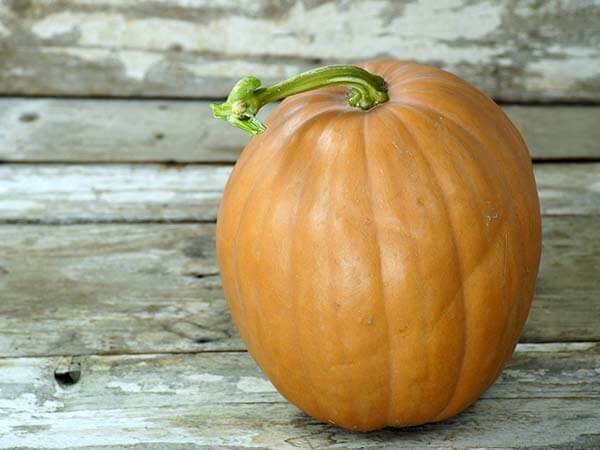
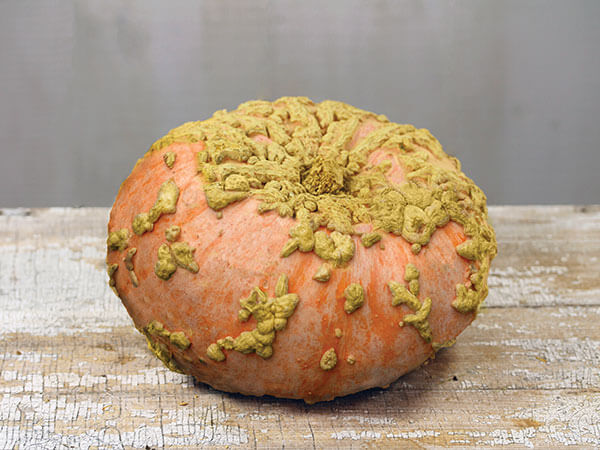
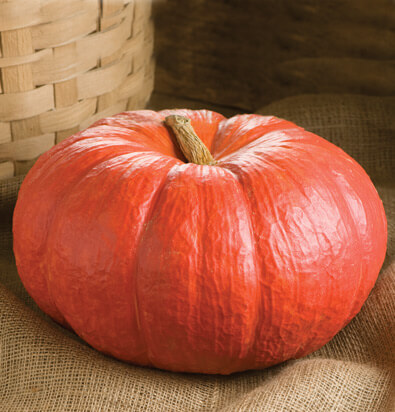
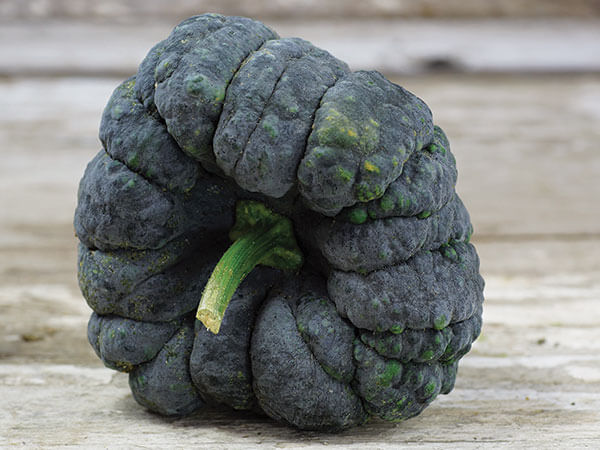


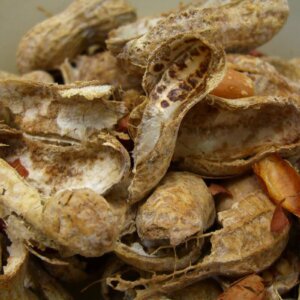
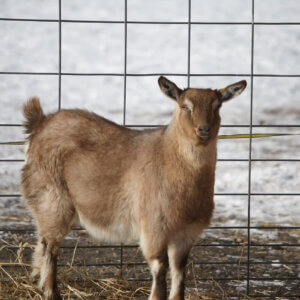

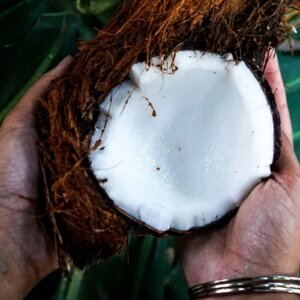

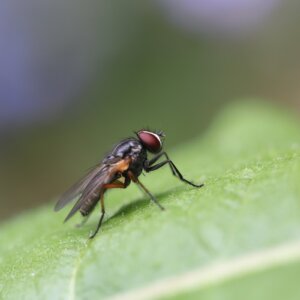
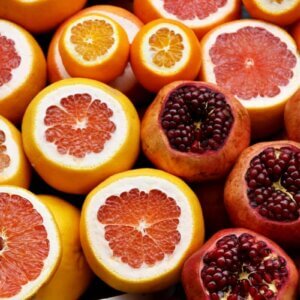
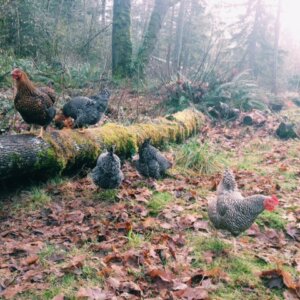
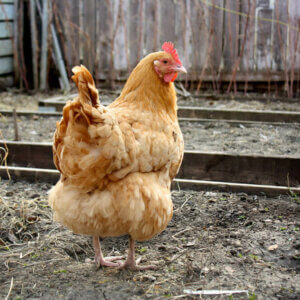
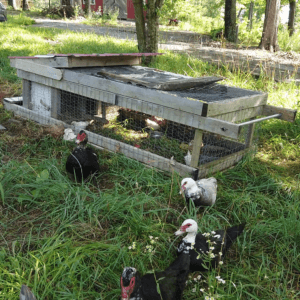
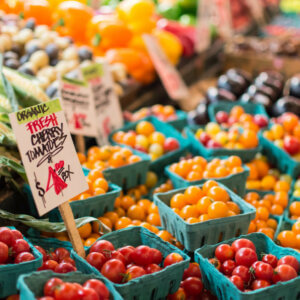
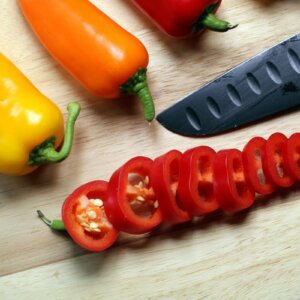
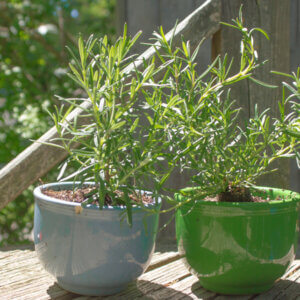









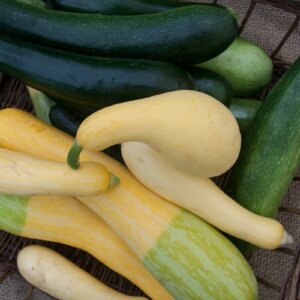
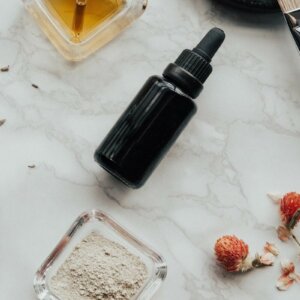

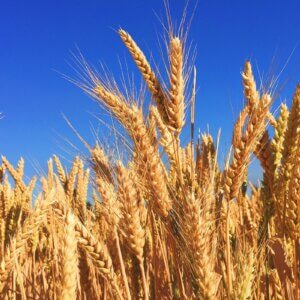



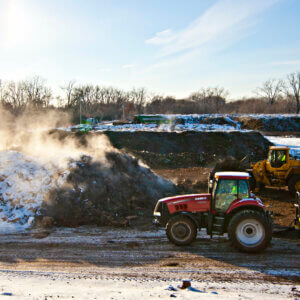
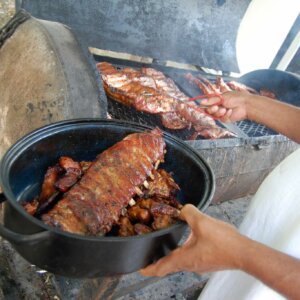
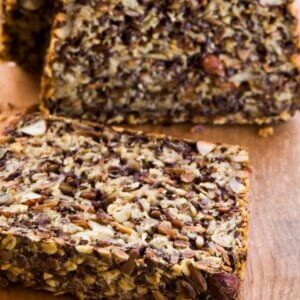



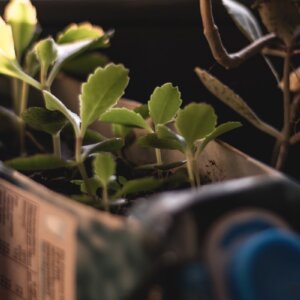


Great article about pumpkins. Really great videos.